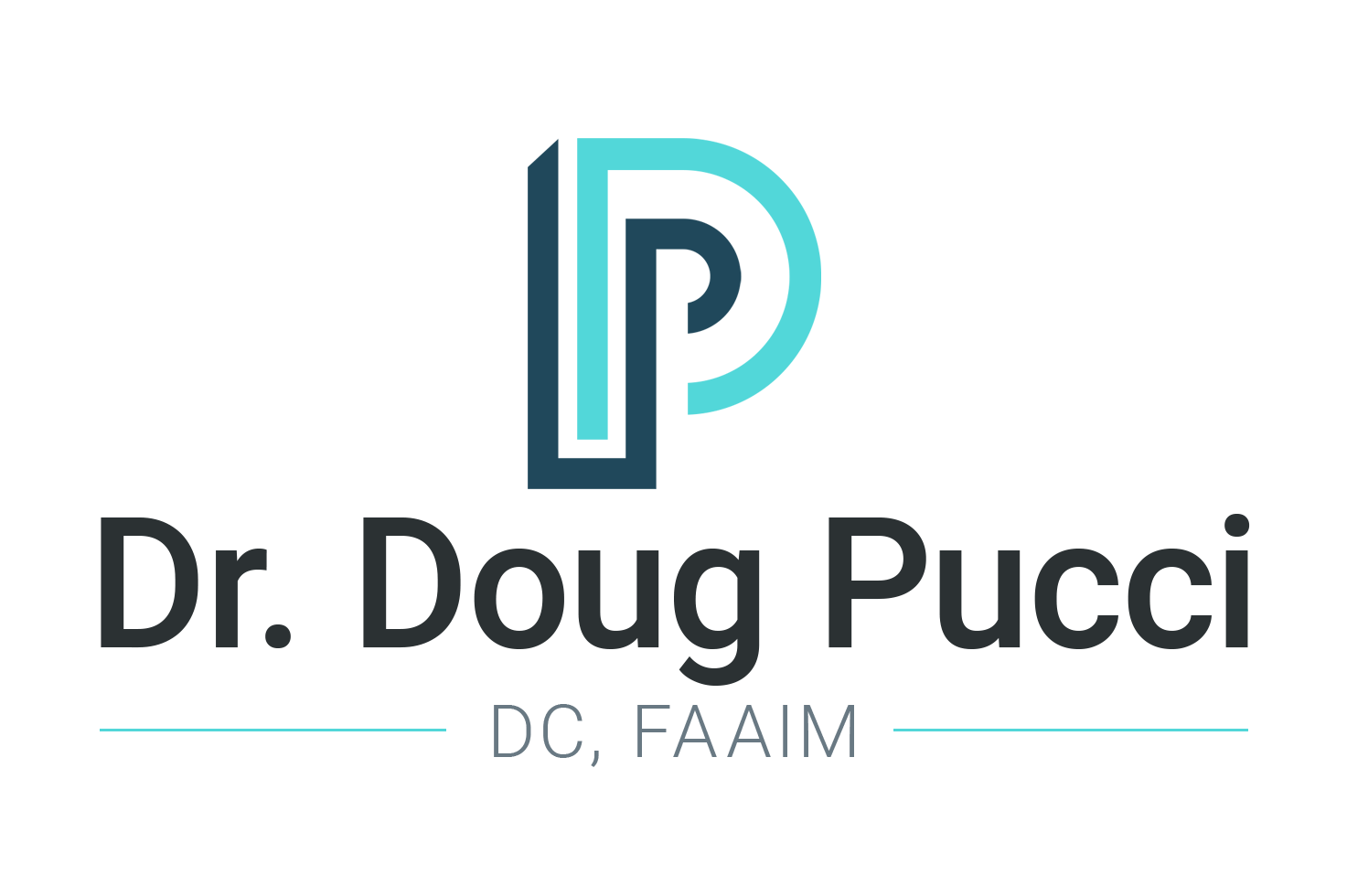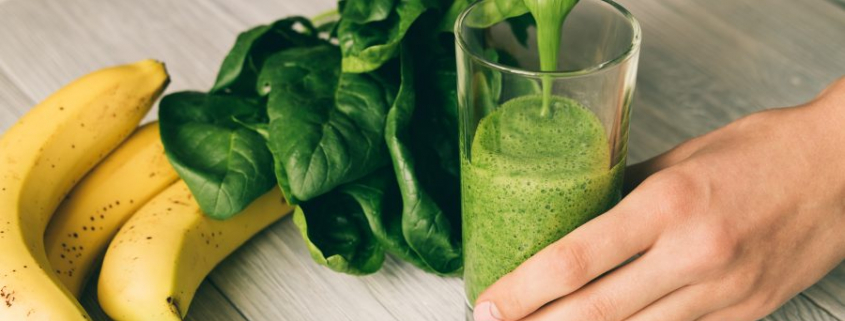'>7 Best Strategies to Boost Health and Minimize Cravings In this week's article, we wanted to take a step back from our usual material and offer some basic dietary suggestions.
While this is gospel for so many of you it is also a pleasant reminder for friends and family who are less certain of what to do. Instead of arguing it out with them over the holiday table, maybe just send over some ideas for the New Year.
1. Stabilize your blood sugar
Creating a morning ritual that includes alkalizing your body upon waking with a green drink, a morning tonic, or ginger tea (or similar). Quickly followed by that, within a half hour, you want a small amount of protein. The lack of adequate protein creates an insulin surge and reactive glycemic state that contribute to further fluctuations throughout the day that are difficult to overcome. Lack of focus, “brain hunger,” poor decision making, and so on, ensue. Even for people with no appetite, a bone broth or similar can be sufficient. Throughout the day small regular meals at two to three hour intervals are required. When your last meal of the day is at 6pm and you don’t eat again till 10am (or later), your brain and your body suffer.
2. Eliminate pro-inflammatory foods
For at least thirty days, eat only animal protein, including fish and shellfish, vegetables, herbs and spices, a handful of nuts and seeds (preferably soaked and sprouted), healthy saturated fats, including pastured eggs, citrus, and berries. These should be whole, live foods prepared mostly by you. To restate this, you want to eliminate processed foods and foods that contain harmful components that are inflammatory to your system. To the greatest extent practicable you want your vegetables to be free of genetically modified organisms and pesticide residues (organic), your protein sources to be free of antibiotics and growth hormones. 100% grass fed is preferred, and you want to forever eliminate food additives like sweeteners, food dies, and other additives that are neurotoxic to the brain.
3. Increase essential fatty acids and healthy fats
Healthy fats include coconuts and their by-products like coconut manna, avocados, oils that are from tree nuts (e.g. macadamia oil), tree fruits (e.g. coconut, olive, avocado oils), clarified butter, called ghee, and 100% grass fed or pastured butter, and nut or seed butters (e.g. flax seed and cashew butters). Essential fatty acids like omega oils are also readily available from oysters and other shell fish that feed on algae, and micro-greens that convert the suns energy directly into food. All these help reduce inflammation by supplying the cells in your body, which are a self-contained life form themselves, with much needed nutrients.
Grow Your Knowledge of Functional Medicine
Sign up and receive instant access to The Root Cause Solution and begin your journey back to better health!
Sign up4. Increase pre-biotic and probiotic foods
…and particularly those that are lacto-fermented or cultured. These are foods that utilize a culture starter or fermentation process that predigests the naturally occurring sugars and also create a thriving environment for healthy bacteria to flourish. These are foods like sauerkraut and kimchi, pickled ginger, chutneys. It also includes kefirs, buttermilk, and crafted yogurts (that are from 100% grassfed cows, sheep, or goats). Prebiotic foods are your bitter leafy greens like dandelion greens, watercress, and asparagus.
5. Minimize legumes
Beans, lentils, and peanuts are designed by nature to be difficult to digest. For many they contribute to gassiness and bloating. Now, a few beans in an otherwise well prepared meal are fine for most people. That said most cooks do not take time to adequately soak, sprout, and slowly cook their beans which will easily convert to a starch and lose the quality protein that is otherwise available. If you are relying solely on beans (and nuts and seeds, and plant proteins) for your nutrients, careful preparation is a must!
6. Eat more raw dietary fiber
Particularly in the form of leafy green plants. There is a myth that abounds that leafy green plants, particularly the cruciferous vegetables like Brussels sprouts, arugula, broccoli, and kale will somehow steal away precious iodine from your body, especially the thyroid gland. Or that high-oxalate content foods like spinach, Swiss chard, and beet greens should be avoided because of the risk of kidney stones. If these cases exist at all, the probability is so incredibly rare, that I can safely advise my patients to eat these at every meal.
7. Hydrate!
Not only is good water a primary source for trace minerals and nutrients it’s essential for ridding the body of unwanted wastes. Very often, even though my patients are drinking lots of water, the water is not making it inside the cells. One of my suggestions is always to add a pinch of sea salt. Make sure the one you have on hand for this purpose is produced by the process of evaporation of salt water bodies only.
Dr. Doug Pucci is a functional medicine practitioner who was honored in 2020 to receive both The Best Of 2020 Awards for Functional Medicine in Oradell, NJ, and entry into Trademark Publications’ Who’s Who Directory, Honors Edition, for his pioneering work. He provides comprehensive testing for health biomarkers, advanced discovery into brain/body well-being and personalized nutrition for a diversity of people and symptoms.
For more information, call 201-261-5430 or visit GetWell-Now.com











